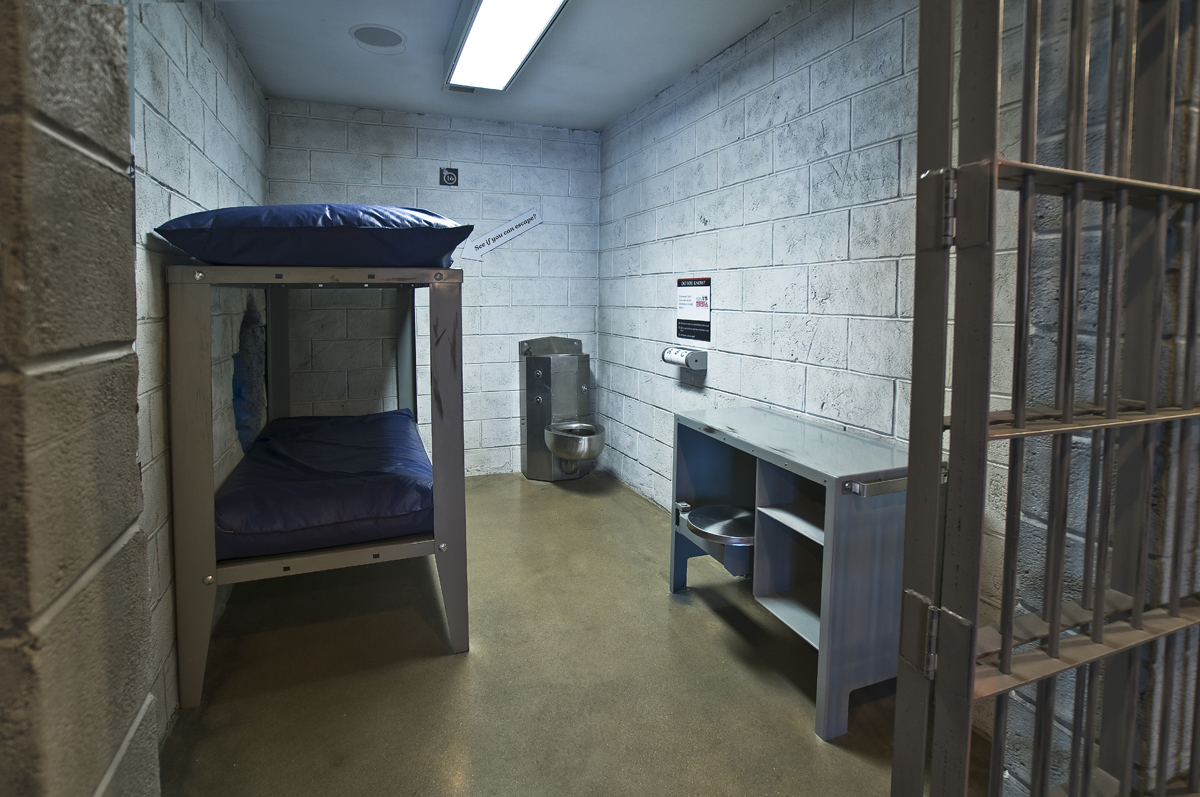WVJails, the correctional system of West Virginia, presents a complex interplay of legal rights, operational challenges, and community impact. This examination delves into the structure, management, and societal effects of West Virginia’s jails, exploring inmate welfare, rehabilitation efforts, and the crucial issue of funding. We’ll analyze the demographics within the system, the effectiveness of various programs, and the broader consequences for communities affected by incarceration.
Understanding the WVJails system requires a multifaceted approach, encompassing legal frameworks, operational procedures, and the social and economic ramifications of incarceration. This analysis aims to provide a balanced and informative perspective on this vital aspect of West Virginia’s justice system.
West Virginia Jail System: Wvjails
West Virginia’s correctional system encompasses a network of facilities responsible for housing and managing individuals awaiting trial or serving sentences for various offenses. The system faces ongoing challenges related to funding, staffing, and the provision of adequate rehabilitation programs.
West Virginia Jail System Overview
The West Virginia jail system is comprised of numerous county jails and regional facilities, overseen by the state’s Division of Corrections and Rehabilitation. These facilities vary significantly in size, capacity, and the services they offer. The system houses a diverse inmate population reflecting the demographics of the state.
| Facility Name | Location | Capacity | Inmate Population (Example Data) |
|---|---|---|---|
| North Central Regional Jail | Weston, WV | 500 | 450 |
| Southern Regional Jail | Beaver, WV | 1000 | 800 |
| Eastern Regional Jail | Martinsburg, WV | 750 | 650 |
| Example County Jail | Example County, WV | 100 | 80 |
Inmate Rights and Welfare, Wvjails
Inmates within the West Virginia jail system are afforded certain legal rights, including access to legal counsel, due process, and protection from cruel and unusual punishment. The system strives to provide essential healthcare and mental health services, as well as educational and vocational opportunities to aid in rehabilitation.
- Access to legal counsel and court representation.
- Provision of basic healthcare, including medical and dental care.
- Access to mental health services and counseling.
- Opportunities for educational and vocational training.
- Religious freedom and practice.
- Access to communication with family and friends (with limitations).
Jail Operations and Management
Daily operations in a typical West Virginia jail involve a complex interplay of security protocols, inmate management, and administrative tasks. Adequate staffing is crucial for maintaining order and safety within the facility. Challenges include managing overcrowding, ensuring staff safety, and providing effective rehabilitation programs within budgetary constraints.
The inmate intake process typically involves a series of steps: booking, medical screening, classification, and assignment to a housing unit. A flowchart would visually represent this process, starting with arrest and ending with cell assignment, detailing steps like fingerprinting, photographing, and initial health assessments.
Rehabilitation and Reentry Programs

Source: businessinsider.com
West Virginia’s correctional facilities offer a range of rehabilitation programs aimed at reducing recidivism. The effectiveness of these programs varies, depending on factors such as program design, inmate participation, and post-release support. Successful reentry initiatives often include job training, substance abuse treatment, and mentorship programs.
| Program Name | Impact on Recidivism (Example Data) |
|---|---|
| Job Training Program | 15% reduction in recidivism within 2 years |
| Substance Abuse Treatment Program | 20% reduction in recidivism within 3 years |
Funding and Resources for WV Jails
Funding for West Virginia’s correctional facilities comes from a combination of state and local sources. The budgetary allocation process is often subject to political considerations and competing priorities. Securing adequate funding remains a significant challenge, particularly in light of rising incarceration rates and increasing operational costs.
A bar chart would visually represent the proportion of funding from different sources, such as state appropriations, county levies, and federal grants. For example, the chart might show that state appropriations constitute 60% of the funding, county levies 30%, and federal grants 10%.
Community Impact of WV Jails
The presence of correctional facilities significantly impacts surrounding communities, both economically and socially. Incarceration can strain family resources and contribute to social inequalities. Community-based programs play a crucial role in mitigating these negative effects and supporting former inmates’ successful reintegration.
Understanding the intricacies of WV jails often involves researching arrest records. For similar information in a different geographic area, one might consult resources like those available for finding mugshots Wilmington NC. This highlights the importance of readily accessible public records in maintaining transparency within the justice system, a need equally relevant to understanding WV jail populations and operations.
- Economic impact: Job creation through facility operation, but also potential strain on local resources.
- Social impact: Strain on families of incarcerated individuals, potential increase in crime rates in surrounding areas.
- Community-based programs: Examples include job training programs, mentoring initiatives, and support groups for families of incarcerated individuals.
Ending Remarks

Source: wikimedia.org
In conclusion, the West Virginia jail system, WVJails, faces significant challenges, from securing adequate funding and managing inmate populations to implementing effective rehabilitation and reentry programs. Addressing these issues requires a collaborative effort involving policymakers, correctional staff, community organizations, and individuals striving for positive change. A comprehensive approach focusing on inmate welfare, community support, and long-term solutions is essential for a more just and equitable system.
